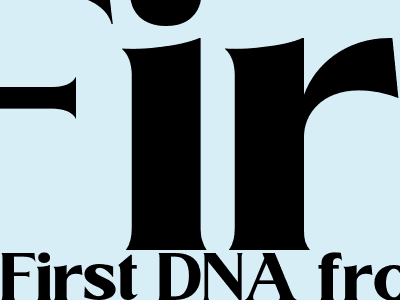
First DNA from Pompeii body casts illuminates who victims were
Geneticists were able to extract genetic information from the dental pulp of a victim
For the first time, researchers have successfully sequenced DNA from victims of the catastrophic eruption of Mount Vesuvius that buried the ancient Roman city of Pompeii nearly 2,000 years ago.
A breakthrough in ancient DNA research
The breakthrough, published in the journal Scientific Reports, provides new insights into the lives and deaths of the city's inhabitants, and could potentially lead to the identification of individual victims.
Led by Gabriele Scorrano of the University of Salento in Italy, the team of researchers used a non-invasive technique to extract DNA from the dental pulp of one of the plaster casts of victims at Pompeii.
The casts, believed to accurately capture the victims' final moments as they were engulfed by the volcanic eruption in 79 AD, have been a source of fascination for scientists and historians for centuries.
DNA reveals new details about the victims
The extracted DNA provided valuable information about the victim's sex (male), age (around 35 years old), and ancestry (likely Mediterranean).
In addition, the researchers were able to detect evidence of a bacterial infection in the victim's saliva, suggesting that he may have been suffering from an illness at the time of his death.
The researchers also compared the victim's DNA to that of modern individuals living in the Campania region of Italy, where Pompeii is located.
They found that the victim shared a close genetic affinity with present-day inhabitants of the area, suggesting that the population of Pompeii has remained relatively stable over the centuries.
Potential for future research
The successful extraction of DNA from the Pompeii casts opens up new possibilities for studying the ancient city's population and the impact of the Vesuvius eruption.
By analyzing additional casts, researchers may be able to identify individual victims and gain a more comprehensive understanding of the demographics and health of the Pompeian population.
The study also highlights the potential of using non-invasive techniques to extract DNA from archaeological remains, which could revolutionize the study of ancient history and human evolution.